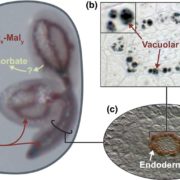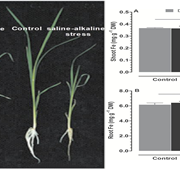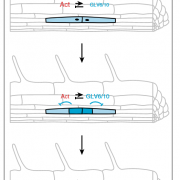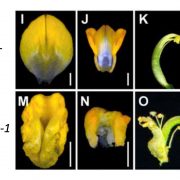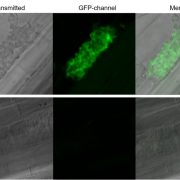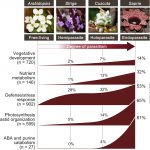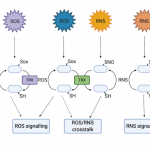Review. The Fast and The Furious: Rapid long-range signaling in plants (Plant Physiol)
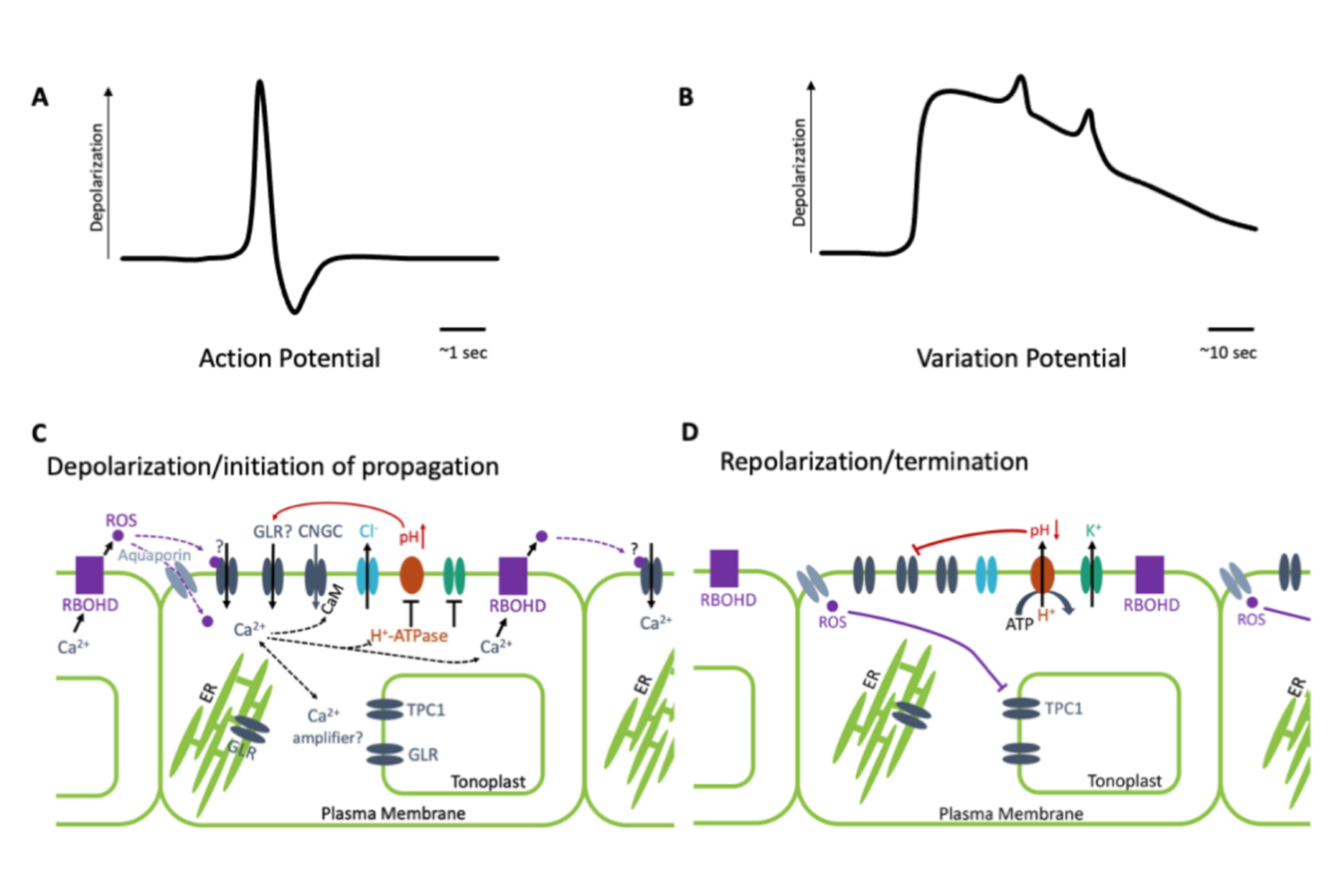 Plants possess a complex series of local and systemic signaling networks driven by multiple stimuli. They translate this information into plant-wide response to coordinate their physiology and development. Here, Johns et al. review these communication pathways, which function across different scales and timeframes. Mobile chemical signals such as auxin, RNAs, peptides and small molecules move from cell-to-cell at a slow and steady speed. More rapid systemic signaling, such as triggers leaf movements in mimosa or Venus fly traps, is thought to be associated with electrical changes. In this rapid signalling, mechanical stimulation of the sensory hair generates a transient depolarization of the membrane potential, known as action potential (AP). Other stimuli such as wounding are associated with a slow wave potential called a variation potential (VP). Much of the focus of this review is on the membrane-localized channels, pumps and transporters that contribute to these electric and ionic signals, and also the contributions of calcium, glutamate and reactive oxygen in these rapid signals. (Summary by Min May Wong @wongminmay) Plant Physiol. https://doi.org/10.1093/plphys/kiaa098
Plants possess a complex series of local and systemic signaling networks driven by multiple stimuli. They translate this information into plant-wide response to coordinate their physiology and development. Here, Johns et al. review these communication pathways, which function across different scales and timeframes. Mobile chemical signals such as auxin, RNAs, peptides and small molecules move from cell-to-cell at a slow and steady speed. More rapid systemic signaling, such as triggers leaf movements in mimosa or Venus fly traps, is thought to be associated with electrical changes. In this rapid signalling, mechanical stimulation of the sensory hair generates a transient depolarization of the membrane potential, known as action potential (AP). Other stimuli such as wounding are associated with a slow wave potential called a variation potential (VP). Much of the focus of this review is on the membrane-localized channels, pumps and transporters that contribute to these electric and ionic signals, and also the contributions of calcium, glutamate and reactive oxygen in these rapid signals. (Summary by Min May Wong @wongminmay) Plant Physiol. https://doi.org/10.1093/plphys/kiaa098


